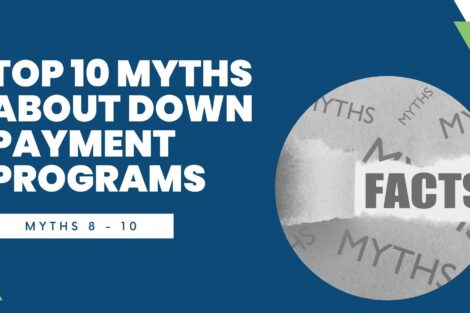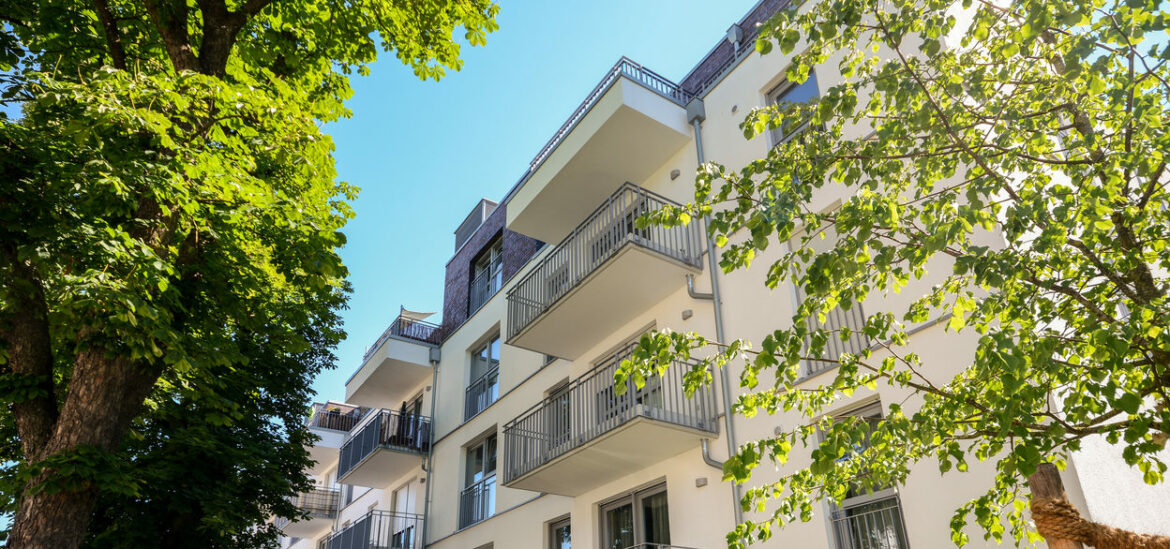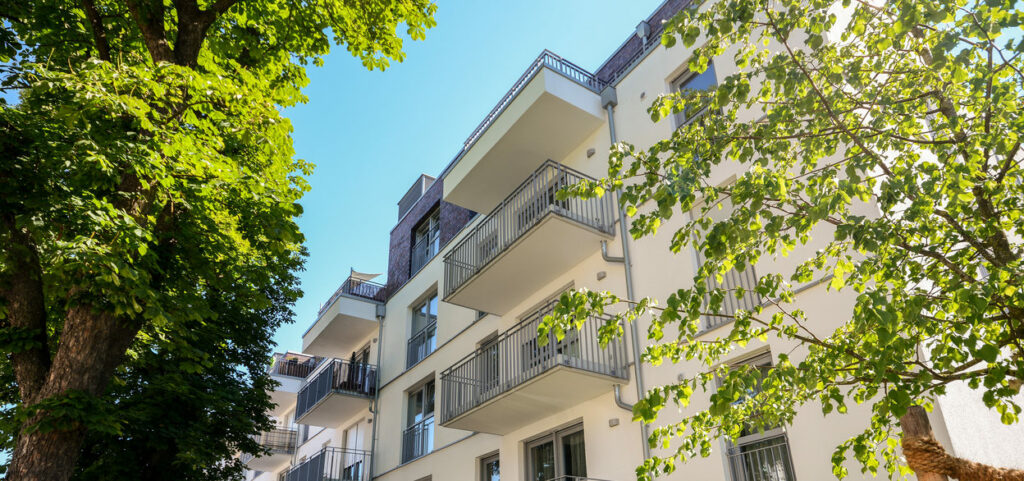
Final 3 Down Payment Program Myths Debunked


The age old real estate question: Should you rent or buy?
It’s a question that many consumers debate and there’s no one right answer. From a pure economical standpoint, you can assess the market’s “rent gap,” or difference between the cost of owning and renting. In a negative rent gap, buying is the more affordable option and in a positive rent gap, you’re likely better off renting.
While homes today are still affordable, rising interest rates and home prices are preventing many buyers from saving for their down payment and getting into a home. Like most things in real estate, it’s all about location.
A new analysis by the Urban Institute found that in 17 of 33 large metropolitan statistical areas (MSAs) it’s cheaper to own a home, putting 3.5 percent down, than it is to rent. But in more expensive cities like San Francisco, Los Angeles, Las Vegas and Portland, it’s significantly cheaper to rent than to buy today.
But, it’s not always the affordable markets where buying is the better bet. In Miami, for example, the median borrower would save 11 percent of their income if they bought the median-priced home with 3.5 percent down instead of renting. It’s still not cheap to buy in Miami, although the rental market there is even more expensive.

The report also takes look at the impact of down payment assistance programs in these markets. Many of these programs can help buyers overcome the upfront costs of the down payment and closing costs so they can get in a home sooner and begin building equity.
In Miami, for example, down payment programs can help put homeownership within reach for more families. In fact, 36 percent of Miami applicants were eligible for down payment assistance, with an average assistance of $10,023.
There are homeownership programs in every market that can help make buying a home more affordable, especially in more expensive markets.
Take a look at the full Barriers to Accessing Homeownership report and interactive map to learn more.
